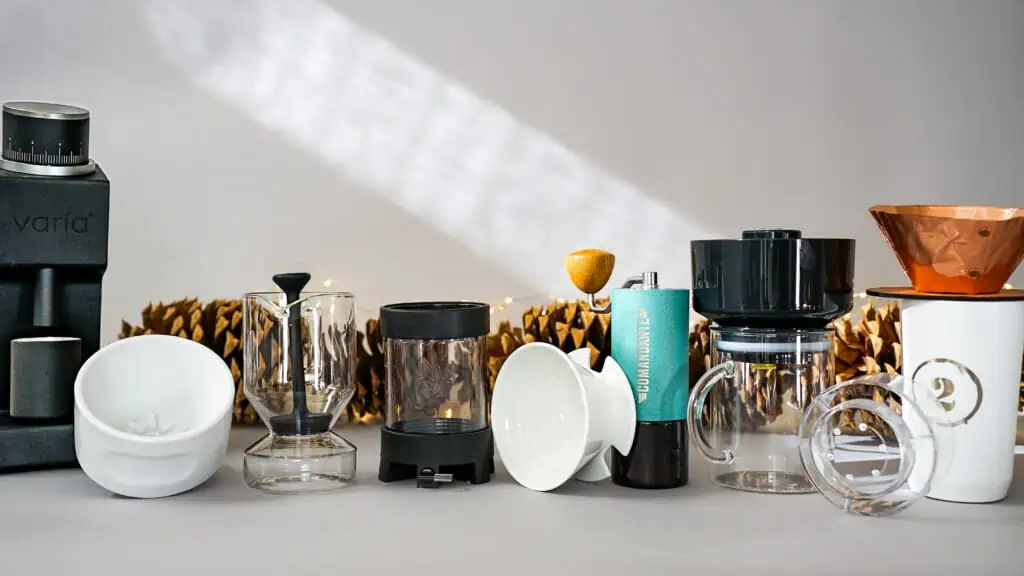
An array of coffee brewers and grinders designed by working coffee professionals. Photo courtesy of Howard Bryman.
For all the many beautiful and clever pieces of equipment that exist for brewing coffee, it’s remarkable just how few of them are designed by “coffee people” — people whose primary occupation is within the coffee industry.
Houseware companies and other manufacturers will sometimes consult with specialty coffee pros when developing products for the quality-oriented audience. And of course, electrical and mechanical engineers are perhaps best suited to the task of designing machines with moving parts and complex electronics. It’s also true that running a coffee business leaves little time and energy for additional projects beyond the sourcing, roasting and selling of coffee.
So, while it may not be surprising, it’s still a little ironic that the catalog of coffee gear made by roasters or baristas is remarkably small. But it does exist, and for the Coffee Review Gift Guide this holiday shopping season, we’re shining a light on this admirable niche.
Every entry on this year’s list of items to consider as a gift (or as a treat for oneself) this holiday shopping season is a unique piece of equipment designed entirely by professional coffee people — passionate industry pros whose primary occupation is coffee, and whose primary objective in creating these products is to help specialty coffee consumers get the best experience possible from their coffees.
For each item, we share the stories and/or bona fides of its designer, the coffee-related problem it was designed to solve, and what it is about each one that brings us joy.
There are no affiliate links here. Coffee Review takes no commission on any sales that may result from this list. We aim purely to enlighten and appeal to seekers of high-quality coffee equipment, as well as to show support for the industry professionals whose passion keeps the coffee world moving forward.
Happy shopping and happy holidays to all!
The April Brewer ($29 – $39)
A flat-bottom pour-over brewer that rewards a practiced technique.
Comandante C40 Manual Grinder ($325 – $360)
One of the highest-quality and most attractive manual coffee grinders on the market.
Etkin 2-Cup Coffee Dripper ($45)
Just like the lovely Etkin 8-Cup, but for when you only want a cup or two.
Native Design Expedition Brewer ($49)
The slimmest, lightest-imaginable brewer for refueling in the backcountry.
The Cupping Brewer ($40)
Scales up the traditional cupping brew for something more savorable and shareable.
Simplify the Brewer ($21)
A manual pour-over brewer optimized for a single central pour; no fuss, no muss.
NextLevel Pulsar ($65)
A zero-bypass brewer with a flow control valve that’s as easy or as geeky as you want it to be.
VacOne Air Brewer ($149.95)
With a fine mesh screen and strong vacuum pump to strain brews quickly, this immersion brewer opens a world of possibilities.
Varia VS3 Grinder ($299.90)
Statuesque, compact and meticulously thought-out electric coffee grinder for which a variety of different burr sets are available.
The Full Reviews
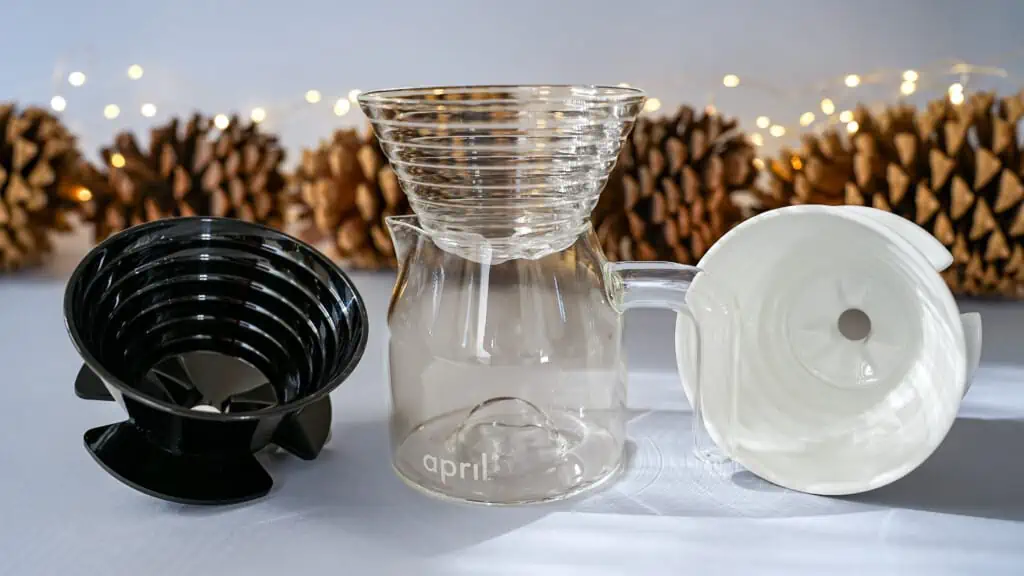
The April Brewer
($29 – $39)
www.aprilcoffeeroasters.com/collections/april-brewers
WHO MADE IT:
Patrik Rolf literally wrote the book on transforming from a private coffee nerd into a renowned coffee professional. (His memoir, From Nerd To Pro – A Coffee Journey, is printed on paper made from recycled coffee cups.)
Rolf founded a roasting company called April Coffee in Copenhagen in 2016, although he had competed in professional-level coffee competitions before he’d ever worked in coffee.
WHY THEY MADE IT:
As a competitor and as a roaster, Rolf found that achieving consistency from one manual brew to the next was more challenging than it needed to be. With the right tool, great cups could be easy to repeat, whether for competition judges, for customers or for oneself.
In 2019, Rolf won the silver medal in the World Brewers Cup competition using the brewer of his own original design — the April Brewer.
WHY WE LOVE IT:
The key features Rolf baked into the April Brewer are its large single drain hole, its exterior peripheral vents, and its pronounced interior bottom ridges that prevent the paper of a Kalita-style basket filter from adhering to the base and sealing it off while brewing.
All three of these features encourage a fast downward flow, which shifts more impact onto the other choices made by the barista such as the grind size and coffee-to-water ratio. As a baseline, Rolf suggests a straightforward two-pour technique that he thinks strikes an ideal baseline balance between ease and precision to consistently coax the best from the coffees he roasts. Easy and intuitive to replicate brew after brew, we find ourselves gravitating back to that technique with most coffees, and loving the articulate, well-defined cups that result.
Available in plastic, glass or ceramic, the April Brewer rewards a precise technique, making it a fun and consistent tool in the hands of anyone with a scale, a gooseneck kettle, a quality grinder and a discerning palate.
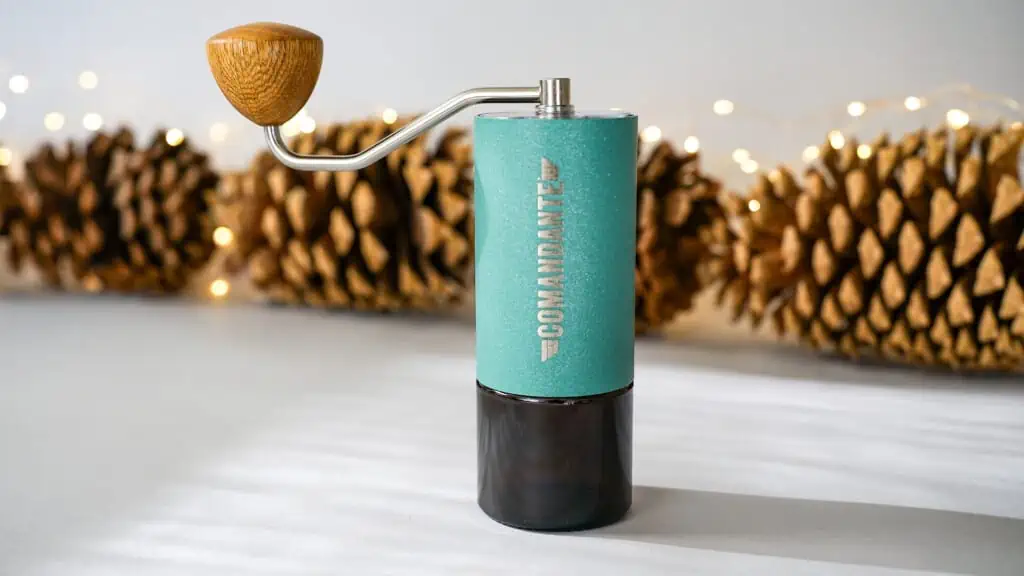
Comandante C40 Manual Grinder
($325 – $360)
WHO MADE IT:
Father-and-son roasters Bernd and Raphael Braune of the German coffee company Supremo Coffee. From their home base outside of Munich, the Braunes have continued to source and roast top-tier coffees at Supremo while expanding into the grinder business, which at this point has eclipsed Supremo both in terms of revenue and global reach. The C40 has recently been joined by the larger-capacity C60 and the ultraportable C25 Trailmaster.
WHY THEY MADE IT:
It was only a few years after the 2004 founding of their quality-obsessed company Supremo Coffee that Bernd and Raphael Braune started to feel their quest to source, roast and deliver the finest imaginable coffees was being scuttled at both ends of the supply chain by lackluster grinders. Poorly performing grinders were too often a disservice to the proper evaluation of the stellar quality green coffees they cupped on the farms of creative and hardworking producers. The Braunes were also concerned that low-quality grinders in their customers’ homes were pulling the rug out from under all their efforts to source and roast par excellence.
They needed an excellent grinder they could pack with them on sourcing trips, and they needed that same professional-level piece of equipment to be accessible to their customers. By 2013, production of the first generation of Comandante manual grinders had begun, and in the decade since then their designs have continued to evolve and improve. Now in its fourth (product) generation, the Comandante C40 MK4 Nitro Blade features the same house-engineered conical burr set made from martensitic steel introduced with the Mk3 model in 2016, yet in the lightest package so far.
WHY WE LOVE IT:
Many throughout the industry consider the Comandante C40 to have set the gold standard for performance and build quality in a manual coffee grinder, and we can see why. It looks great, it’s a pleasure to use, and it puts out an exceptionally uniform grind that is ideal for pour-over and AeroPress. It performs admirably in the espresso range as well.
Its light weight is indeed a boon to its use on the road, but we also simply love the ergonomics and warmth of its handmade wooden knob and the textured, durably powder-coated body. The beans crunch with a pleasant tenor and its winsome amber glass catch jar is worth the extra weight and potential (but unlikely) breakability.
One also can’t help but feel like a member of the Comandante family when considering not only the heartwarming father-son backstory, but the courteous degree of attention to detail. The wide range of available colors and hand-turned wooden options welcome all personalities. Worried about the glass? The C40 also ships with a lighter and more durable plastic alternative. Is the body not grippy enough? For those willing to accept the impact on aesthetics, it includes a rubber ring that slides onto the body for better grip.
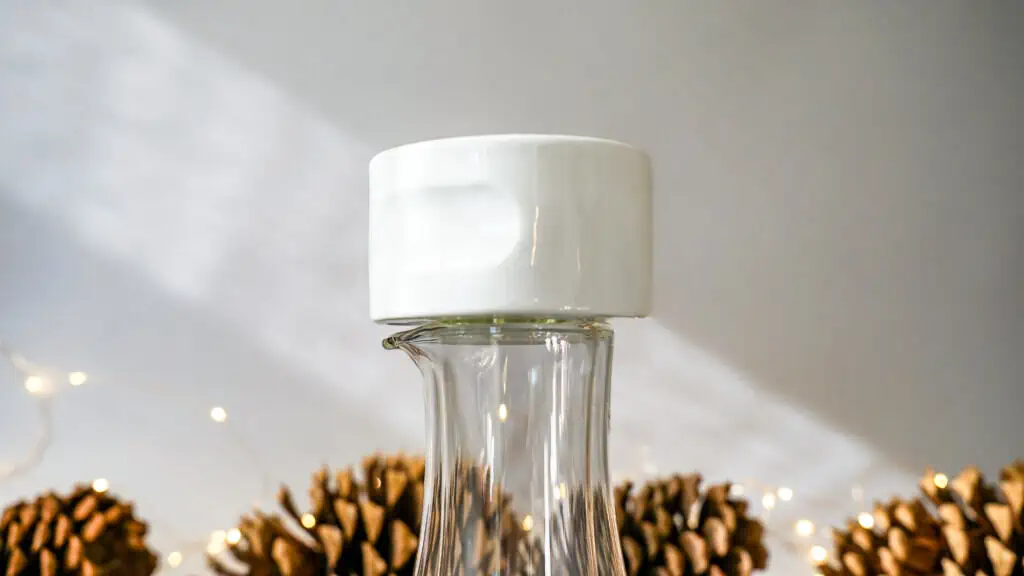
Etkin 2-Cup Coffee Dripper
($45)
WHO MADE IT:
The Etkin Brewer was invented by Michael Butterworth, an Authorized SCA Trainer and consultant based in Istanbul, Turkey, who is also co-founder of specialty coffee blog The Coffee Compass.
WHY THEY MADE IT:
With the original 8-cup Etkin Brewer, Butterworth sought to offer an alternative to the conical filter format upon which most multi-serving manual brewers are based by designing a flat-bottom brewer big enough to serve everyone at the table. Recently, Etkin rolled out a smaller two-cup version that allows Etkin lovers to enjoy the same user experience and exquisite cups even when home alone.
WHY WE LOVE IT:
We sang the praises of the original 8-cup Etkin Brewer in a previous gift guide on Coffee Review. While the eight-cup capacity remains a marquee feature of the original, other creature comforts such as its hefty and beautiful white porcelain build, smooth interior walls and heat-hoarding dual-wall construction also contribute greatly to its pleasure and efficacy. All of these features transfer perfectly to the smaller version.
Plus, the Sibarist paper filters we recommended for the eight-cup model are even better suited to the 2-Cup, with no “creative folding” required; the prefold lines on the Sibarist Fast Flat are compatible with the Etkin 2-Cup, resulting in an elegant, fast-flowing zero-bypass platform.
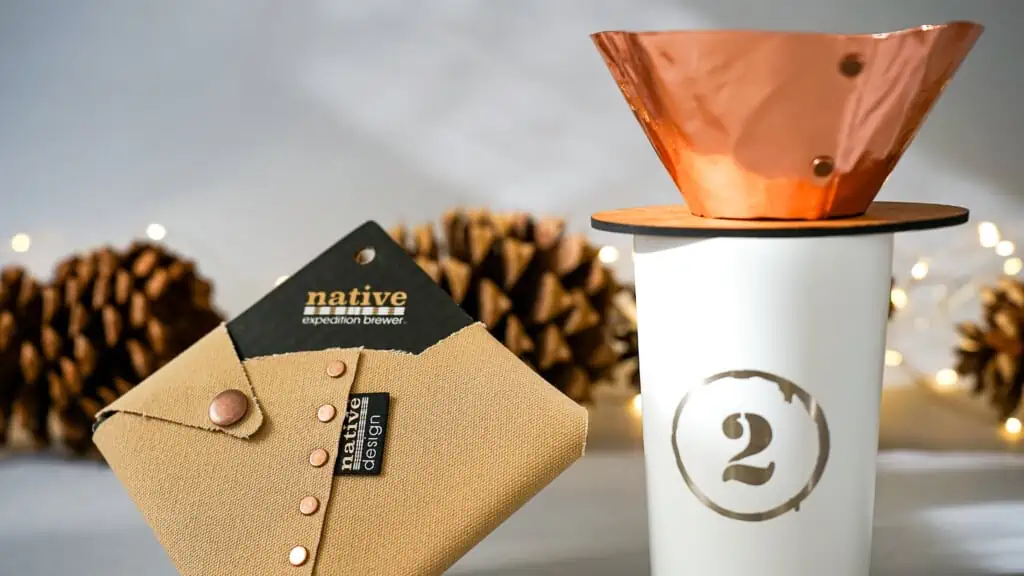
The Expedition Brewer
($49)
WHO MADE IT:
Brian Franklin was an athlete and personal trainer prior to his first experimentation with roasting coffee at home in the late 1990s. He founded the professional roasting company DoubleShot Coffee in Tulsa, Oklahoma, in 2004, and has had an adventurous career in specialty coffee ever since (adventures he has documented in an upcoming book called The Coffee Purist, slated to start shipping this December.)
Currently, DoubleShot’s operations include not only a roastery and cafe, but also a recently planted coffee farm in Nicaragua called Dos Manzanas. The enterprise expanded again earlier this year when Franklin and other DoubleShot team members rolled out a line of brewing equipment and tools under the brand name Native Design.
WHY THEY MADE IT:
The Expedition Brewer is a very flat, very light brewing kit for backpackers and travelers. Franklin tinkered with the design for over 12 years, aiming for simplicity and portability as well as a product that’s easy to manufacture, durable over time and beautiful to behold.
WHY WE LOVE IT:
The kit involves a handsome duck canvas pouch that stores a wooden support ring and a thin sliver of laminated copper that, when spread out and balanced on a mug or travel tumbler, supports a conical paper filter. The pouch can also store a few extra paper filters as well as an American Weigh Pocket Scale, all of which are also for sale at the Native Design website.
In our experience, this kit does everything it needs to do. It holds a filter while brewing. It packs flatter and weighs less than a pair of socks. It has the rugged good looks of a brewer Indiana Jones might’ve used. And it’s made in Oklahoma by a passionate crew of deeply entrenched coffee people with many a story to tell.
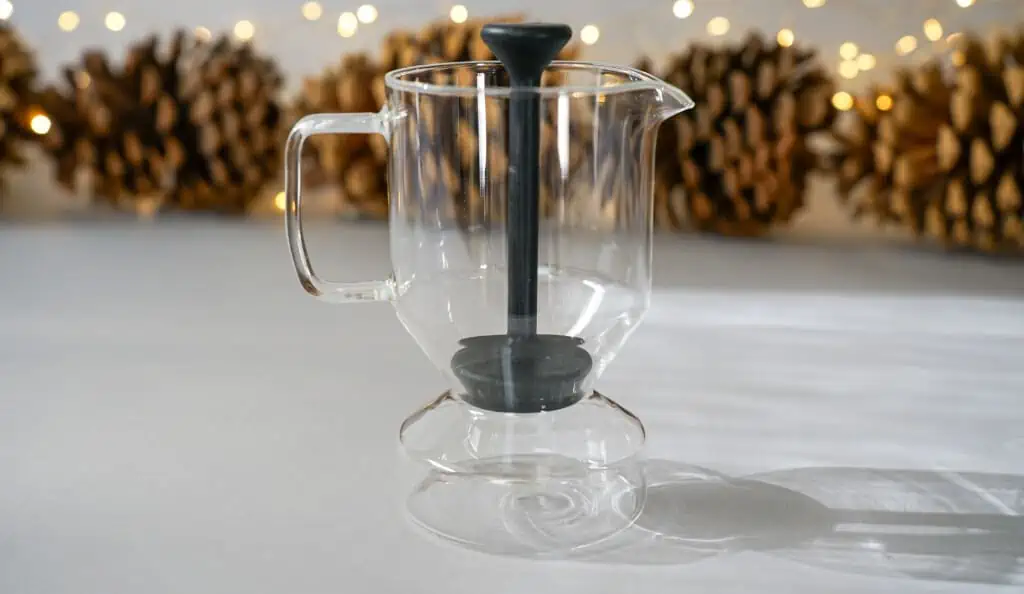
The Cupping Brewer
($40)
WHO MADE IT:
Josh Taves, a specialty coffee pro since 2006, is the former director of the Rocky Mountain Craft Coffee Alliance and former head of business development at Grand Rapids, Michigan-based Stovetop Roasters. Taves initially launched the Cupping Brewer in 2015 and today runs his own professional equipment distribution service and consulting business called Dialed Coffee Services.
WHY THEY MADE IT:
Cupping is the process used by coffee professionals to evaluate the flavor and quality of coffee. Green coffee buyers cup coffees in order to make purchasing decisions; roasters cup while developing roast profiles and for quality control purposes. The procedure involves mixing ground coffee with hot water in a little bowl for a precise immersion brew in accordance with strict protocols for consistency. The cupper then coats their palate with vigorous slurps from a spoon repeatedly over time as the bowl cools.
Taves, in the course of his duties as a specialty coffee professional, often finds his sips at the cupping table to be the tastiest he gets from a particular coffee — better than any other brewing method. He wishes he could have more of that brew to savor and share with others. The Cupping Brewer is his solution.
Larger than a standard cupping bowl, the Cupping Brewer is a handsome glass piece made specifically to scale up a cupping-style brew and pour it into one or two regular mugs for a more familiar and longer-lasting enjoyment.
WHY WE LOVE IT:
While pleasure is the main goal, the Cupping Brewer can also be used for analytical purposes. It’s particularly handy for home roasters who are interested in a more standardized tasting process but are reluctant to engage with traditional cupping due to the limited quantities they can roast at one time. The Cupping Brewer offers a pro-style tasting platform as well as a satisfying brew — one that does well at highlighting sweetness while clarifying the distinct notes a great coffee can yield.
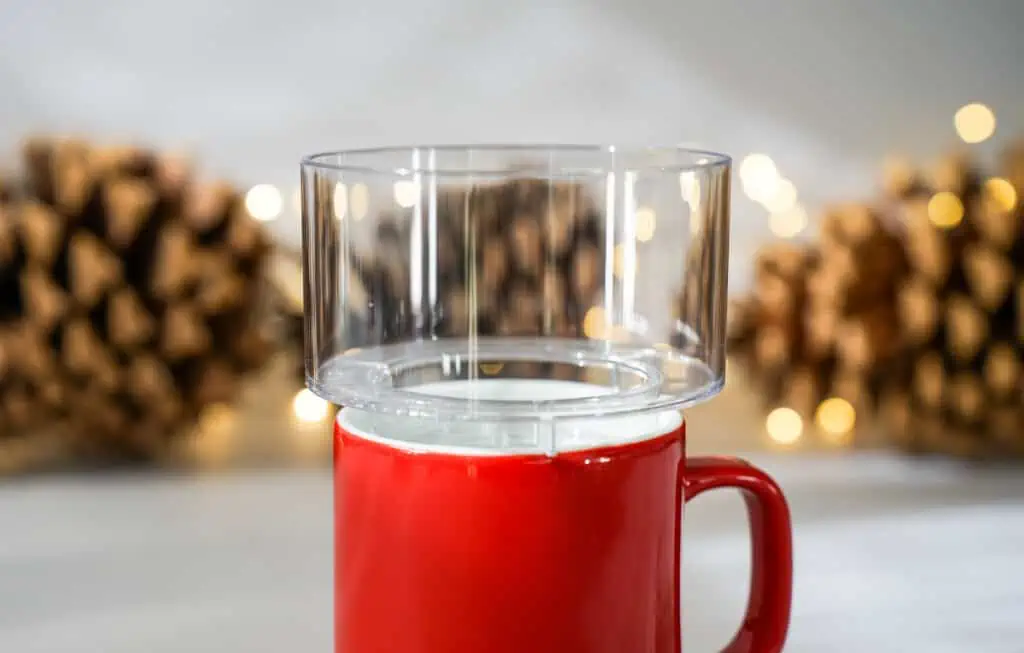
Simplify the Brewer
($21)
WHO MADE IT:
Ryo John Ito, founder and head roaster of Japanese roasting company Bathtub Coffee.
WHY THEY MADE IT:
Ito wanted more people to feel comfortable with manual coffee brewing. He wanted to simplify the brewing process, and figured a single pour straight down the middle would be about as simple as it gets. Yet this tends not to work very well on most brewers, as so many are designed with staggered pours, spiral patterns and other techniques in mind. To support his simplified method, he needed to simplify a brewer.
The result is the clear Tritan plastic device called Simplify the Brewer. Boosted by funds raised with a Kickstarter campaign in 2019, Simplify the Brewer is a single transparent piece into which Ito actually put a deceptively large amount of thought. Structurally, the Simplify takes some of the principles of the April Brewer to their logical conclusion: An even bigger 40-millimeter bottom hole, even less contact between the paper and the device, and even greater airflow between the cup and the brewer to allow pressure and vapor to freely escape.
WHY WE LOVE IT:
The Simplify flow is fast enough that Ito suggests pouring 230 milliliters of hot water right down the middle of 15 grams of finely ground coffee all at once over the course of about 30 seconds. A grind dialed in for the brew to drain within a total of 60 to 90 seconds will supposedly result in a quick and tasty cup.
In our experience, this is true, and dead simple. When time is tight and we need a no-brainer brew, the Simplify is the gadget we grab. Its featherweight durability makes it great for travel, and particularly when paired with a Melodrip accessory, any old kettle will do — no gooseneck required.
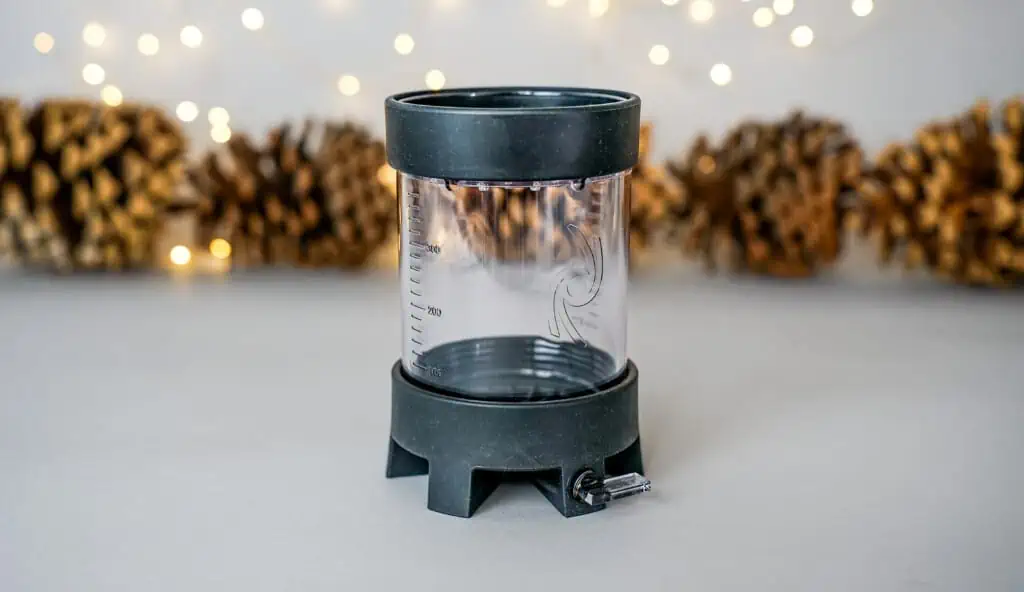
The NextLevel Pulsar
($65)
WHO MADE IT:
In a tale of true internet coffee geekery come to life, the NextLevel brewer is the invention of two geographically distant roasters who met in an online forum and bonded through discussion of a blog post by a coffee-loving astrophysicist.
It was 2019 when Richard Unruh, the founder of roasting company Free Space Coffee in Galva, Kansas, met Darren Schmidt, who at the time was roasting and selling coffee in Kentucky under the company name Back Porch Coffee. The article they’d both read was a deep dive by scientist and author Jonathan Gagné that zeroed in on the coffee brewing phenomenon known as “bypass,” which refers to water that circumvents the bed of ground coffee instead of flowing through it.
WHY THEY MADE IT:
Water that doesn’t flow through coffee doesn’t contribute to the extraction; if it winds up in the cup, it’s just watering down the cup. The unaccounted absence of that water in the brew bed slightly throws off the intended coffee-to-water ratio and may result in a net under-extraction, while a channel of over-extracted grounds could be left behind in the path water takes as it flees. Either way, the heart of the problem with bypass is that it is generally uncontrolled. When precision is a goal, anything that happens by accident is bad.
Schmidt and Unruh put their minds together to design a brewer that makes it simply impossible for bypass to occur. This is the NextLevel LVL-10 Brewer, a “zero-bypass” brewer whose flat, circular filter lines the bottom of an otherwise impermeable Tritan cylinder. Unlike conventional brewers with paper filters that rise up along the walls, liquid in the LVL-10 has nowhere to flow but straight down through the coffee. At the top is a showerhead lid that disperses any untrained pour of hot water from any type of kettle into an even array of precise droplets for a consistent and thorough saturation of the coffee bed.
The rate at which water flows through the coffee bed in an LVL-10 is dictated entirely by the grind, the dose and the pour. Yet as a percolation brewer, the one thing beyond the LVL-10’s control is the ability to stop the water completely. Schmidt and Unruh, geeks to the end, wanted to be able to play with phases of full immersion, as well as the ability to extract more from coarser grinds that drain fast. This time, in direct collaboration with Gagné himself, the team created the NextLevel Pulsar: an LVL-10 brewer with a flow control valve at the bottom for the user to open and shut as they please.
WHY WE LOVE IT:
In our opinion, the Pulsar is easily one of the most versatile manual brewers on the market. It’s as handy for a slapdash steep-and-release brew as it is for a studied recipe executed with lab-grade surgical precision, just for kicks. It’s also big enough for multi-cup brews, sturdy and easy enough to use while traveling, and works well for an overnight cold brew.
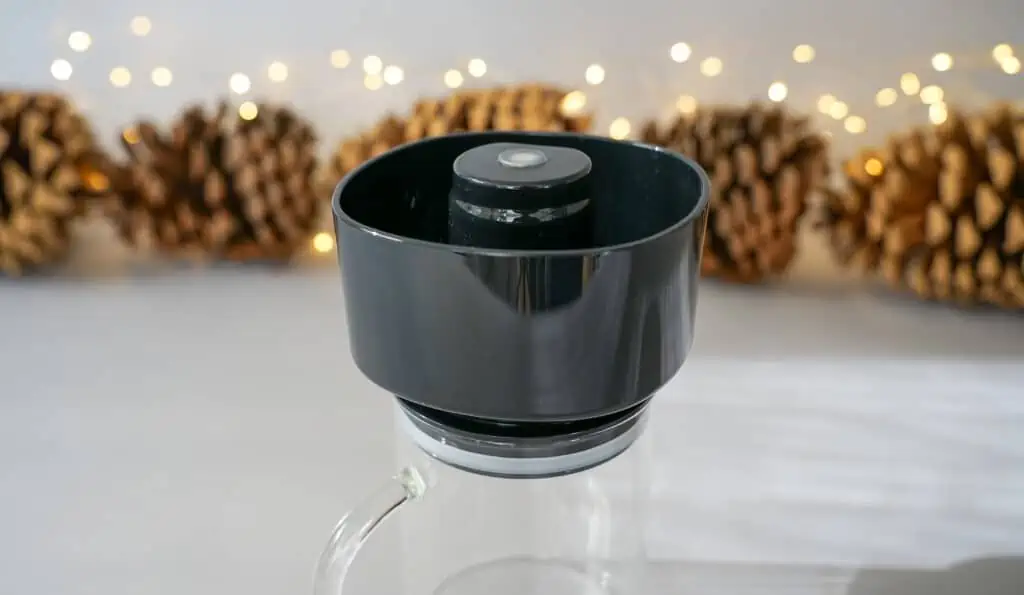
The VacOne Air Brewer
($149.95)
WHO MADE IT:
The VacOne is the result of a collaboration between Colombian engineer and product designer Eduardo Umaña and Luis Fernando Vélez, head of the Colombian coffee roasting company Amor Perfecto. Recently, Umaña sold the rights to his design to a Minnesota-based kitchen appliance manufacturer, allowing him to focus entirely on Origin Roasted, a company that ships roasted coffees to U.S. customers from roasteries operating at or near the Central and South American farms where coffees are grown.
WHY THEY MADE IT:
Finely ground coffee can yield a full and complex extraction very quickly. But in Umaña’s opinion, the existing methods of brewing with finely ground coffee extract too much and are just too inconvenient. Crema generated via espresso, moka and Turkish methods generally imparts bitterness, despite its beauty. All these methods can also be finicky to perform if not costly to equip.
In collaboration with Vélez, Umaña created the VacOne to provide a flexible platform for fast brews using finely ground coffee that also mitigates the bitterness of crema. The user adds hot (or cold) water to ground coffee in the top part for what is essentially an immersion brew, then presses one button to activate a strong vacuum force that rapidly draws the liquid down from below. Crema that may form on the surface of the slurry remains on the surface of the grounds after draining, and a fine mesh screen at the base of the brewer filters out the grounds.
WHY WE LOVE IT:
While its genesis focused on a fine grind, grounds of virtually any size can be brewed in any number of cycles in the VacOne, resulting in a wide range of possible cup styles. This makes it a simple and flexible daily driver shareable by people of differing preferences and skill levels. We’ve had great results with straightforward full-cup immersion brews as well as with concentrated cold brew.
Its flexibility also widely opens a door to creative experimentation. For example, the VacOne can be used to perform a series of quick immersions/agitations/filtrations that mimic the method of a cutting-edge new professional coffee system called the Ground Control that is currently making waves on the commercial specialty coffee scene.
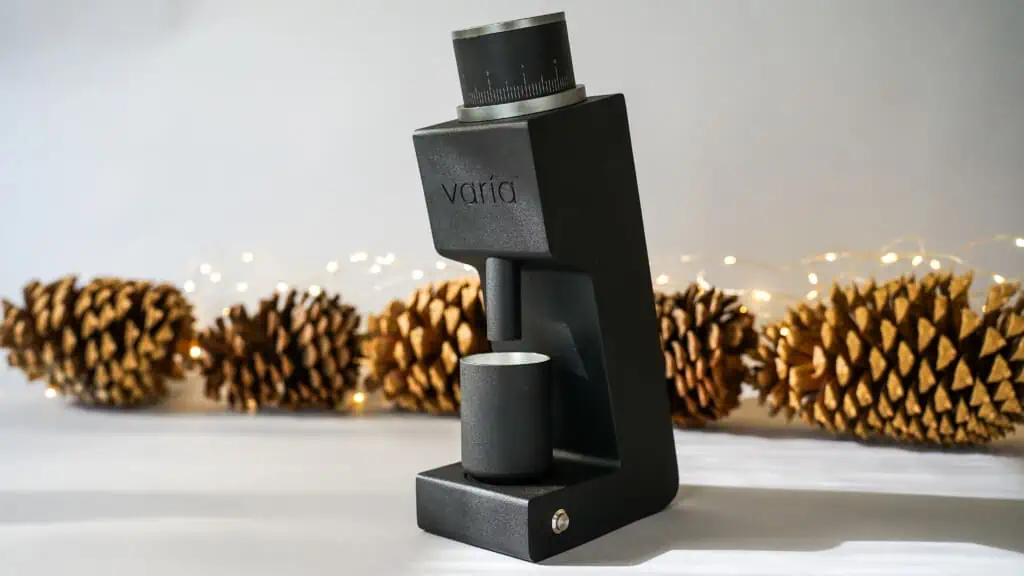
Varia Brewing VS3 Grinder
($299.90)
https://www.variabrewing.com/collections/varia-vs3
WHO MADE IT:
Prior to launching Varia Brewing, founder Ramsey Gyde roasted coffee professionally in Wellington, New Zealand, and was at one point a sales associate for 25-year-old Australian specialty coffee company Toby’s Estate. Toby’s Estate founder Toby Smith is also a co-founder of Varia Brewing. Robin Lin, who founded the company Ultimate Coffee Roaster in Shanghai in 2013 and currently roasts and sells coffee under the brand AOKKA, is a partner in Varia Brewing.
WHY THEY MADE IT:
Gyde and company are passionate about taking classic methods and upgrading them with better materials, enhanced features and meaningful design tweaks. In the field of electric home coffee grinders, they saw many flimsy poor performers taking up too much counter space with their less-than-sexy fits and finishes. The VS3 addresses all of these concerns with powerful performance, head-turning good looks, a surprisingly small size and robust construction.
Varia also makes four different burr sets users can swap into the VS3 for different brew methods and other benefits. Having recently introduced the model’s second generation, the VS3 is now built to tighter tolerances, with higher precision alignment and an upgraded motor and stainless steel gearbox, among other subtle improvements.
WHY WE LOVE IT:
The gestalt of the VS3’s features punches well above this tiny grinder’s weight in terms of the quality of its grind and the sheer joy of using it. The deliberately slow RPM at which its 38-millimeter conical burrs spin encourages a more evenly sized output, generates less mess- and retention-inducing static electricity, and keeps the grounds cool and flavorful. While downright petite compared to other countertop electric coffee grinders for home use, the VS3’s all-metal construction still gives it a heft and a presence while minimizing vibration and instilling confidence in its longevity.
Its appreciably stiff adjustment collar has yet to let us down while making tiny tweaks in the dialing-in process for pour-over or espresso, and we also simply can’t get over what an attractive little monolith it is, saving precious inches in our crowded coffee corner with a minimalistic profile that seduces like functional sculpture.
ABOUT THE AUTHOR – HOWARD BRYMAN
Howard Bryman is a Portland, Oregon-based freelance journalist and photographer who focuses on the specialty coffee industry, which he has either worked in or written about for the past 10+ years. He is the associate editor of Roast Magazine’s Daily Coffee News website, and an occasional contributor to the print magazine as well. With experience as a barista, manager, roaster’s apprentice, origin tourist and equipment tinkerer, Bryman’s fascination with specialty coffee’s tools, trends and challenges is matched only by his enthusiasm for the beverage itself.













